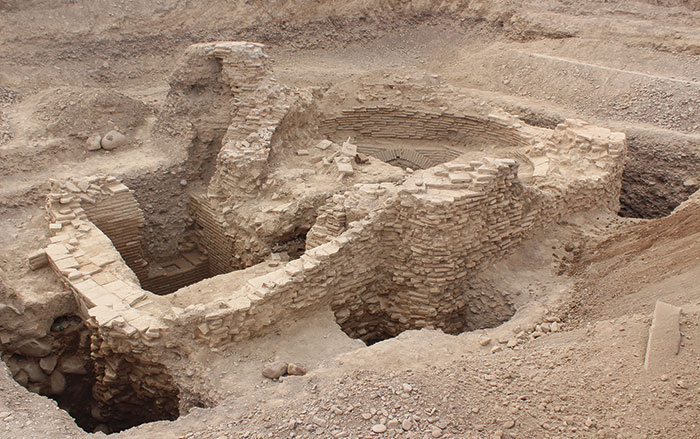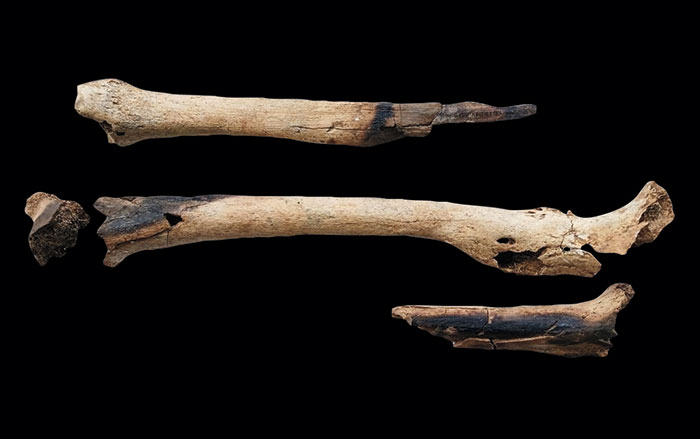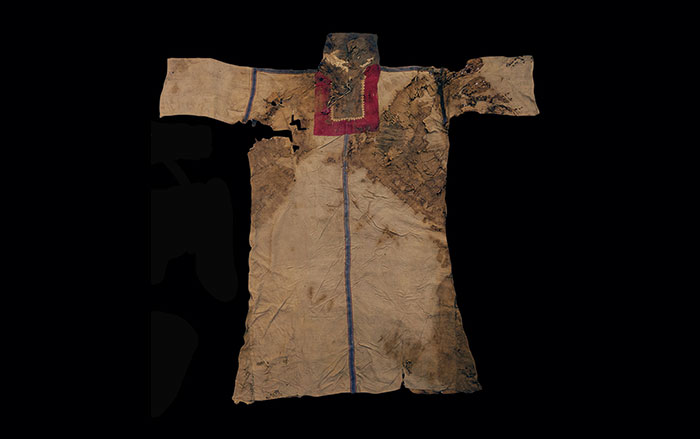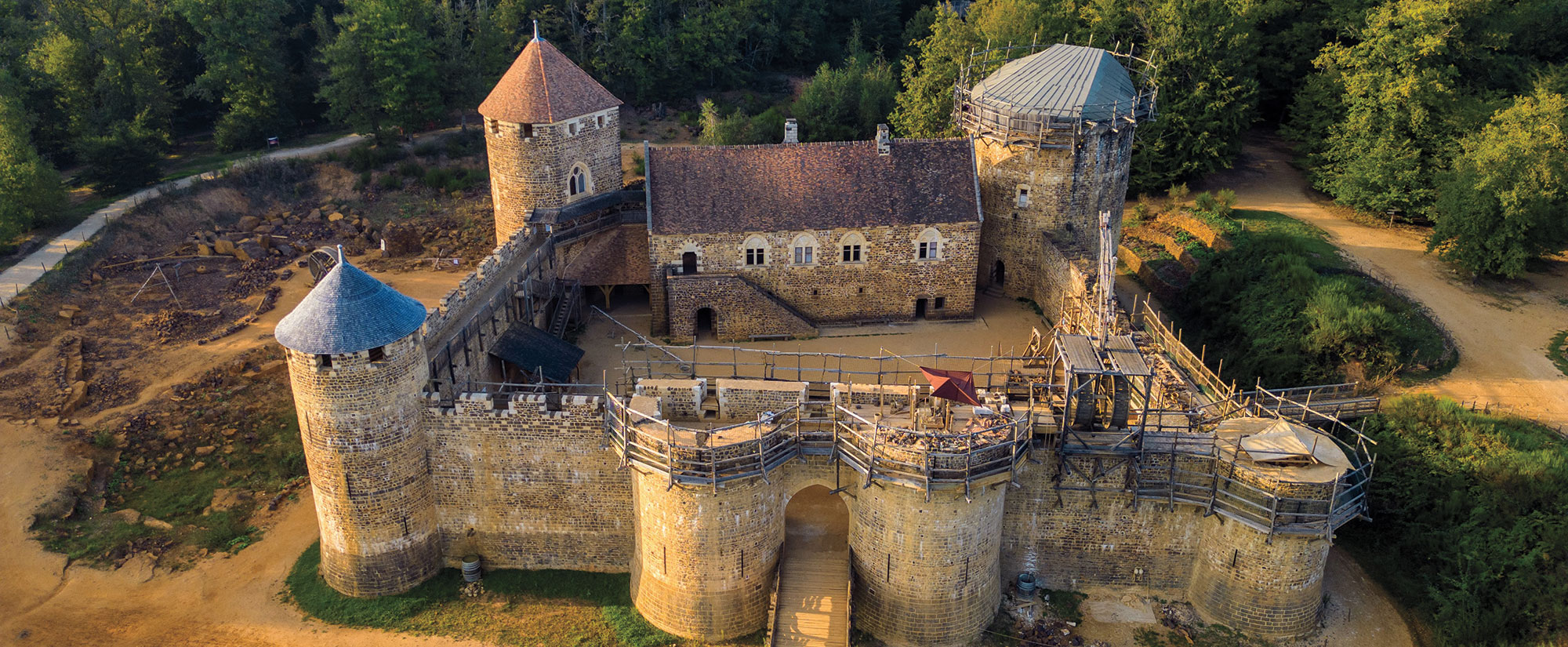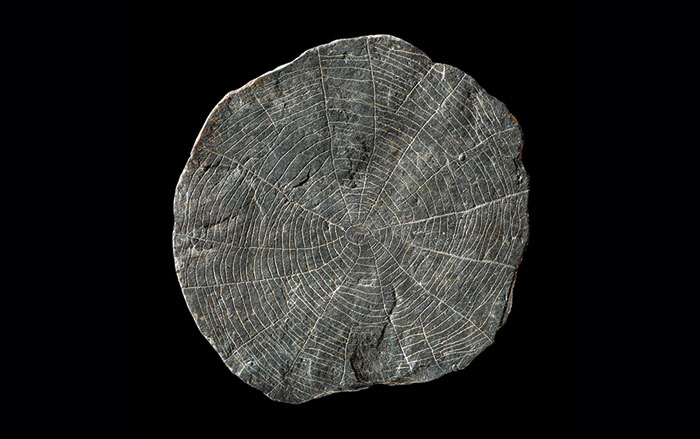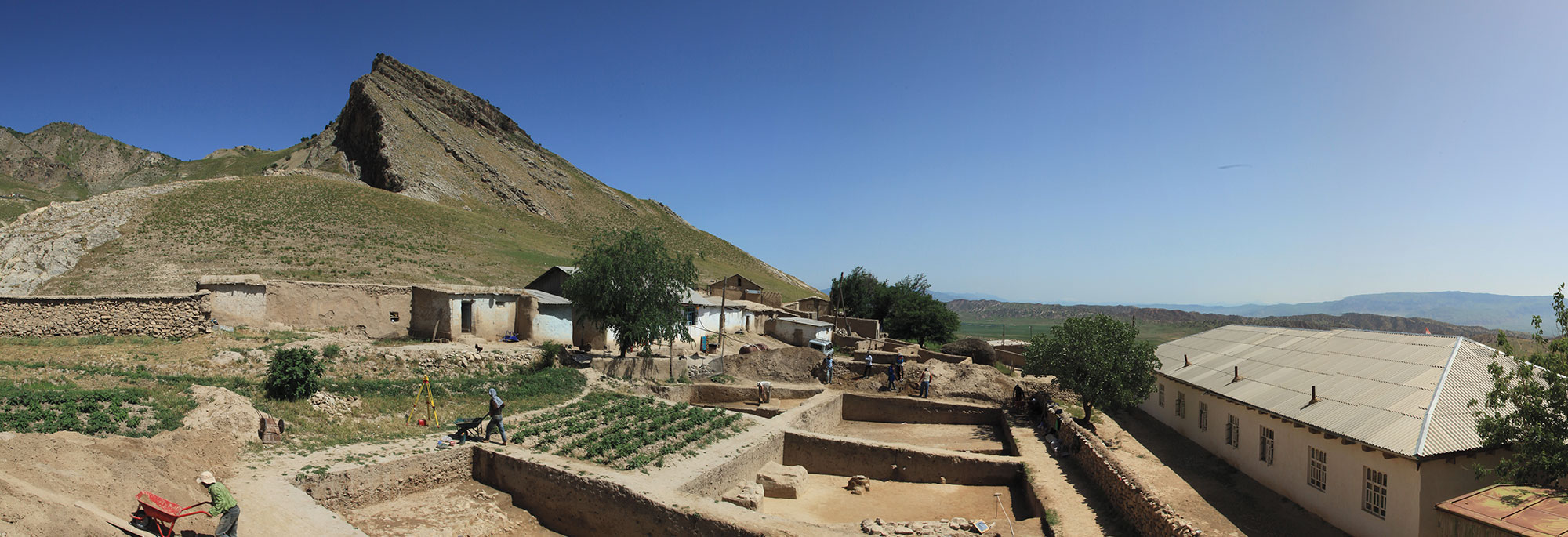From the mid-second century b.c. to the late first century a.d., the armies of China’s Han Dynasty (206 b.c.–a.d. 220) defended their territory against the marauding forces of the Xiongnu Empire, a multiethnic, nomadic people who controlled much of the eastern Eurasian steppe from the third century b.c. to the first century a.d. The Han built fortifications along and beyond their northern frontier during the protracted Han-Xiongnu Wars (133 b.c.–a.d. 89).
More than three decades ago, archaeologists collected Han artifacts such as coins, ceramics, and arrowheads at the site of Bayanbulag in southern Mongolia. Subsequent investigations in 2009, led by archaeologist Alexey Kovalev of the Institute of Archaeology of the Russian Academy of Sciences, unearthed a walled fortress dating to the first century b.c. The team also uncovered a mass grave containing the dismembered remains of at least 17 soldiers who had been brutally executed. “Judging by the skeletons’ positions, some of the men had been forced to their knees before being killed,” says Kovalev. “Others were lying on their backs and trying to defend themselves with their hands.” He concluded that the soldiers likely belonged to a small Chinese army detachment that had made inroads into Xiongnu territory and that the Xiongnu had captured them and put them to death. A halberd and the cheekpiece of a horse’s harness interred with the remains, he says, were likely placed there later by Han comrades to commemorate the murdered troops.
Recently, bioarchaeologists from Jilin University conducted genetic and isotope analysis on the remains and confirmed that the slain soldiers were from northern China and consumed a diet of grains cultivated in that region. “Bayanbulag is known from historical chronicles as a fortress called Shouxiangcheng, which was used as a base for the transfer of Han soldiers deep into Xiongnu territory during a military campaign,” Kovalev says. These recruits had been dispatched far from their homes to confront the Xiongnu. A clay seal imprint found at the site is believed to allude to the name of a fortress more than 120 miles from Bayanbulag in the Xihe Commandery, a militarized administrative region of the Han Dynasty.




